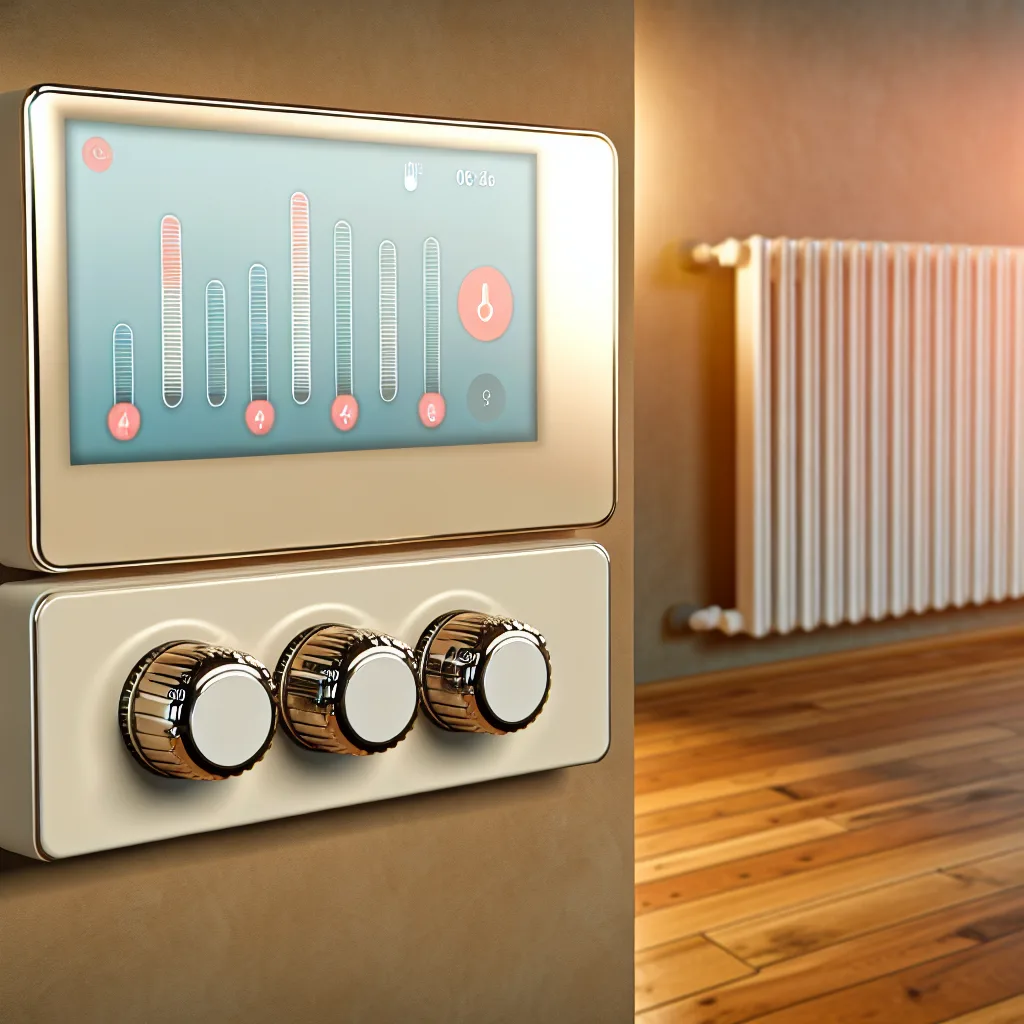Understanding the interaction between smart valves and a smart thermostat for optimal home heating
If you’ve ever wondered how smart radiator valves work together with a central smart thermostat, you’re not alone. I found myself in the same boat recently, trying to get the best setup for efficient heating across my home. So let’s break down how these devices interact and how you can plan their operation for the coziest, most energy-efficient environment.
What Are Smart Radiator Valves and a Central Thermostat?
A central smart thermostat controls your entire heating system, setting a general temperature for your whole home. Smart radiator valves are little devices attached to each radiator. They adjust the heat output in each room individually by opening or closing the radiator valve based on the temperature setting for that specific room.
How Do They Interact?
Here’s where it gets interesting. Suppose you set your central thermostat to 20°C and you have three smart radiator valves, each set differently—say 21°C in the bedroom, 19°C in the living room, and 20°C in the kitchen. You might expect each radiator to heat its room to its set temperature independently, but that’s not how it typically works.
The central thermostat monitors the overall house temperature and switches the heating system on or off accordingly. When it reaches its set temperature—20°C in this example—it turns off the boiler, stopping the flow of hot water to all radiators. That means even if a radiator valve calls for more heat (say it’s set at 21°C), it won’t get it because the system is off.
What’s the Best Way to Use Them?
The key is understanding that the central thermostat controls when the boiler runs, and the smart radiator valves control how much heat each radiator emits during that time.
One effective strategy is to set the central thermostat slightly higher than the highest smart valve setting. For example, if your highest room setting is 21°C on a radiator valve, you might set your central thermostat at 22°C. This way, the boiler stays on longer, and each radiator valve can fine-tune the heat to its room’s preference, opening or closing the valve as needed.
But be careful not to set the central thermostat too high. It’s about balance—keeping the boiler running just enough to let each smart valve do its job without unnecessary heating.
Additional Tips and Considerations
- Zoning: If your central thermostat uses multiple temperature sensors around the house or has zoning capabilities, you might get even more precise control.
- Integration: Some smart heating systems integrate central thermostats and radiator valves so they communicate directly and optimize heating automatically.
- Manufacturer Guidelines: Always check the guidelines from manufacturers like Tado or Netatmo for the best compatibility and use.
Wrapping It Up
Smart radiator valves give you the flexibility to heat individual rooms exactly how you want, while the central thermostat manages the overall system. Using them together effectively means setting the central thermostat a bit higher than your highest radiator valve setting to keep the system running smoothly.
For more on smart home heating, you might like this detailed guide on how smart thermostats work or this practical overview of smart radiator valves.
Getting your heating setup right can save you money and make your home more comfortable. So don’t hesitate to experiment with your settings until you find your perfect balance!
